One of my personal goals is to visit every malt whisky distillery in Scotland. That’s really just the first step, though. I don’t want to simply step foot in the visitor’s center and jet off, I want to have in-depth tours and tastings to glean the nuances of each establishment because Scottish single malt whisky is all about nuance. To wit, I’ve visited around 45 unique distilleries in Scotland, and several of those I’ve visited multiple times (places like Aberlour, Talisker, and Highland Park). I am continuing my quest today with an epistle from one of my more recent visits: Tomatin Distillery.
Tomatin is one of the easier distilleries to visit in Scotland. It lies just off the A9, the main road north into the highlands, about 25 miles south of Inverness, but this position, wedged between the western highlands, northern highlands, and Speyside, makes it somewhat hard to classify in terms of style. The Tomatin brand is quite familiar to me because I see it on store shelves everywhere here in the Midwest USA, but my experience with it amounted to a few micro-drams at whisky shows and random tastings around town. I wanted to learn more, so I built in a visit at the start of my North Coast 500 tour this past spring.
Tomatin distillery is the offspring of the late-19th century whisky boom in Scotland. The phylloxera epidemic in France that destroyed huge swaths of vineyards turned wine and cognac drinkers to malt whisky. Distilleries like Tomatin, Balvenie, Glenfiddich, Dalwhinnie, Bruichladdich, and a host of others were founded to meet this sudden increase in demand. But Scotch whisky has long been a boom and bust industry, and by the early 20th century many of these distilleries had closed or gone bankrupt.
Tomatin was not immune. They went bankrupt in 1906 and reopened under new ownership a few years later. By the 1960s, Tomatin was the largest distillery by production volume in Scotland. At that time, and until recently, really, most of their spirit went into blended whiskies, and this history has resulted in Tomatin being lesser known in single malt circles.
The whisky bubble burst again in the 1980s. Tomatin was saved from bankruptcy by the Japanese company Takara Shuzo, who still owns them today. Since the turn of the millennium, Tomatin has put a renewed emphasis on their single malt range.
Arriving to Tomatin is easy, just a quick exit from the A9, and soon we were driving up the winding path to the typically blackened buildings of a distillery. The place felt large — I could see how they were once the largest producer of whisky — and the nice visitor center is a clear indicator of how much traffic they receive from whiskyphiles. After a brief video on the history of the distillery, my parents, Sarah, and I joined up with a tour group led by a genial chap who reminded me of a young Peter Jackson.
The location of a distillery is dictated by the water source. You want good, clean, soft water, and Scotland has it in abundance. Our first stop was the grain and brew house. Tomatin uses water from the Allt na Frith burn for all parts of the process, though sometimes they use water from the River Findhorn for non-potable purposes like cooling. A series of candy-apple red malt bins hold a total of 500 tons of malted barley, and they use about 130 tons each week. It’s 100% Scottish malt from the famous Simpsons Malt because Tomatin, like most distilleries today, don’t malt their own barley. The financial reality is that it’s cheaper to outsource the malting process, which involves steeping and drying barley several times before germination and kilning, when you operate at Tomatin’s scale. With the exception of one whisky, all of Tomatin’s whisky is unpeated and more akin to a Speyside style. All of this malt is sent through a huge mill from the 1970s and ground into grist for a very specific consistency that won’t gum up the mash tun nor allow water to drain through too quickly.
Once the malt is milled, it is added to their stainless steel mash tun where three separate batches of water are mixed in to dissolve the sugars. First they add 33,000 liters of water at 64.2C while the mash is raked. Most of the sugars are dissolved here and the sugary liquid is allowed to drain out through plates in the bottom of the tun. The second batch of water is 14,000 liters at 70C, in which even more sugar is collected, and the third batch is 10,000 liters at 90C. This last sparging doesn’t yield enough sugar, so it is collected and mixed in with the first water of the next mash. At the end of mashing Tomatin has collected 42,000 liters of sugary wort, and they perform this process four times each day.
The wort then flows into one of Tomatin’s many steel washbacks. In a given day they’ll fill four washbacks and add 100kg of yeast to each one. The first stage of making magic happens here because you can’t make whisky without first making beer. They give the yeast a minimum of 54 hours to do their work. The yeast eat the sugar in the wort and multiple, giving off C02 that forms a foamy layer atop the liquid. This foam blocks out oxygen, and as the yeast suffocate they stop reproducing and begin making alcohol. Excess C02 is vented into the atmosphere, and at the end of fermentation Tomatin has a rather tasteless but strong beer in the range of 8-10% ABV.
Since Tomatin used to make far more whisky than they do today, they actually have a spare mash tun which they’ve cut open and allow you to walk inside to get a close look at the rake and perforated floor plates. It’s a pretty neat and unique feature.
The beer, called “wash,” is heated up before it enters the warm wash still. If it wasn’t, the pressure change inside the still from adding a cold liquid could cause the still to crumple or even explode. Now begins the second stage in making magic. In general, whisky made in Scotland is double distilled. The first distillation happens in larger wash stills, and the output, called “low wines,” is a relatively clear liquid at about 25% ABV. This liquid is filled into smaller spirit stills where the second distillation will yield spirit that ultimately finds its way into bottles.
Tomatin’s spirit run lasts about 10 hours. The first half hour yields the heads which contains some off-putting flavors and poisonous compounds like methanol that aren’t fit for consumption. This cut is saved, however, and will be reused in future spirit runs. The next four to five hours marks the heart cut — the actual spirit Tomatin wants to put in barrels for aging — where the strength of the spirit drops from 75% to 65% ABV. The final five to six hours yields everything below 65% ABV. This cut is called the tails and it is saved and mixed in with the heads for future runs as it still contains salvageable ethanol. Of the 42,000 liters of wort that began the journey, only 3,400 liters of heart cut spirit emerge. That’s a 92% decrease in volume!
Tomatin’s copper stills are steam-heated with tall, narrow necks leading into cold-water condensers where the alcohol vapor coalesces back into liquid. The operation here is a hybrid between modern and traditional. There are computers monitoring the distillation, but they serve as safety nets to the manual work performed by the distillers, who still use paper and pen to track their work. In total, Tomatin produces 2.4 millions liters of spirit each year, down from the 12.5 million liters they produced at their peak production.
With the heart cut secured, Tomatin adds pure water from the burn to bring down the strength to 63.5%, which they find to be the ideal strength to begin the maturation process. The newmake is filled into mostly ex-Bourbon and ex-Sherry barrels before laying down in their traditional dunnage warehouses for the next many years. Each barrel loses 2% of its volume to the angels each year, a twist of fate that explains the high cost of older whiskies. For any barrels needing attention, Tomatin retains a cooper on site to make repairs.
Our tour ended back at the visitor’s center where a tray of half-drams awaited to slake our thirst. The Tomatin 12 Year Old, aged in a mixture of Bourbon, Sherry, and refilled Bourbon casks in equal amounts, was the first taste. They claim this is their most popular expression, and it’s smooth, soft, and easy drinking. Pears, apples, fruitcake, caramel, and vanilla all make appearances, though the finish was rather abrupt.
We moved on to the Legacy, a No Age Statement whisky probably between 5-10 years old. This is Tomatin’s youngest whisky, and 85% of it is aged in ex-Bourbon barrels while the remaining 15%, interestingly, is aged in virgin oak casks. The strong vanilla flavor gives it a profile more akin to a Bourbon. I found it a bit hot for my liking.
The final taste was the Cù Bòcan, Tomatin’s lightly peated expression. They only make this whisky two weeks each year but it has gained in popularity recently. Cù Bòcan means “ghost dog” in Gaelic, the name coming from a local legend about one of the last wolves in Scotland being killed around here. This whisky is also an NAS whisky, probably around 8 years old, but I found it quite enjoyable. The light smoke (15ppm) worked well with Tomatin’s soft style, and the flavors here evoke typical Bourbon, Sherry, and virgin oak notes.
I managed to finagle a taste of the 1990 single cask Tomatin, which was quite rich and robust and reminded me of Dr. Pepper.
Tomatin’s marketing campaign focuses on the whisky’s smooth, soft style and places them firmly in an easy-drinking highland framework. It’s a smart tack. The whisky is just that, and I think it makes an ideal crossover from American and Irish whiskies. You won’t find gobs of smoke or the more esoteric and curious flavors present in some single malts, but there’s a moment for every kind of whisky and sometimes you just want good, uncomplicated flavor.
Disclosure: Tomatin provided me with a complimentary tour. All thoughts and opinions expressed here, as always, are my own.


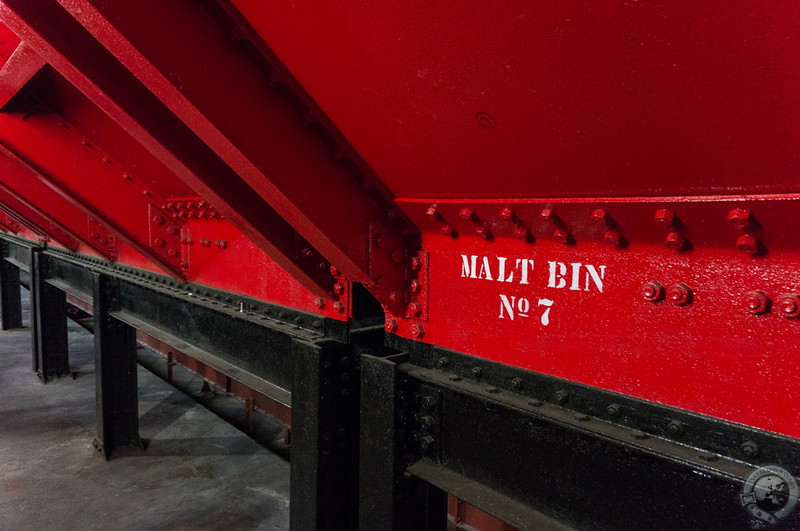
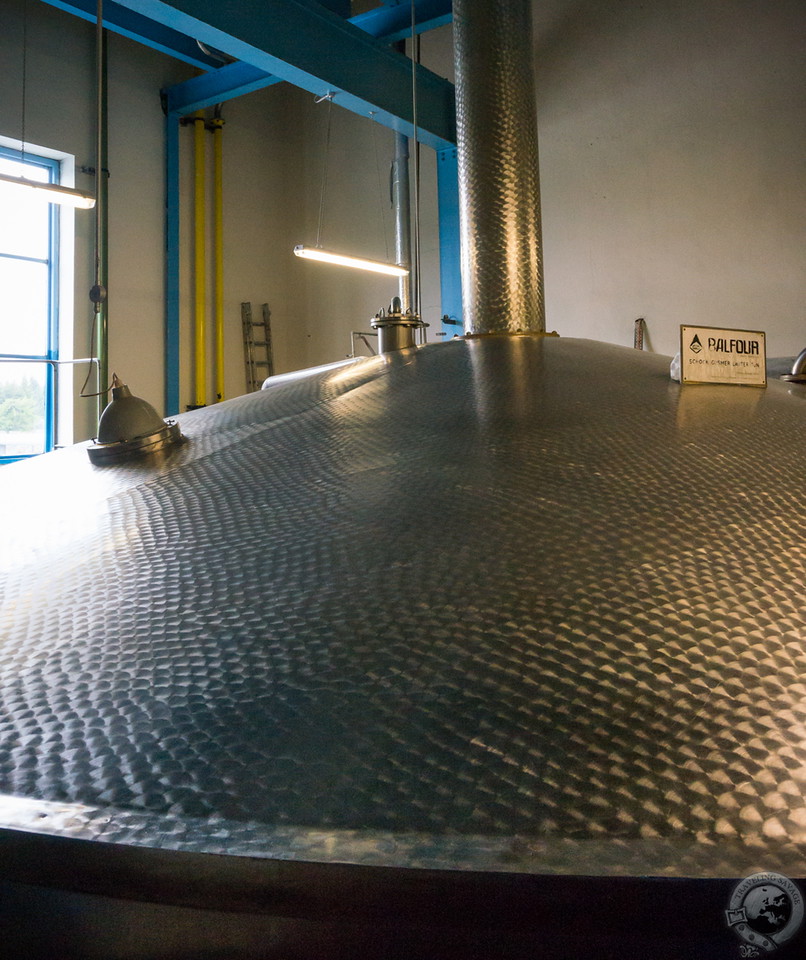
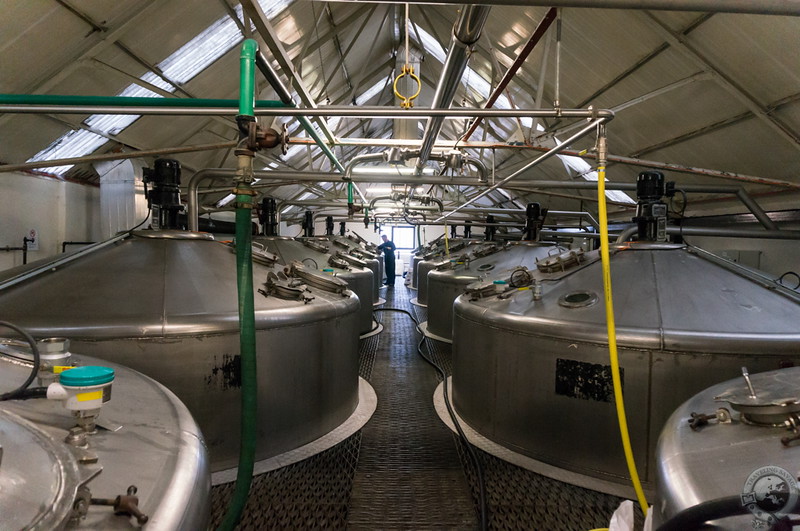
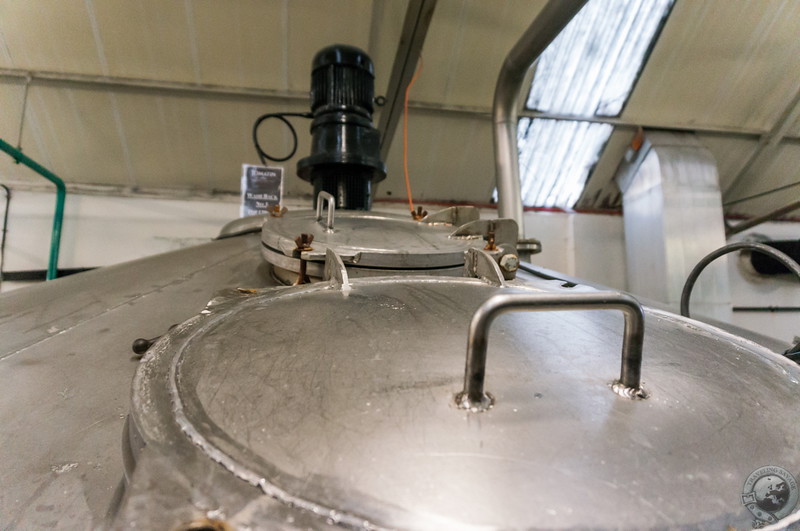
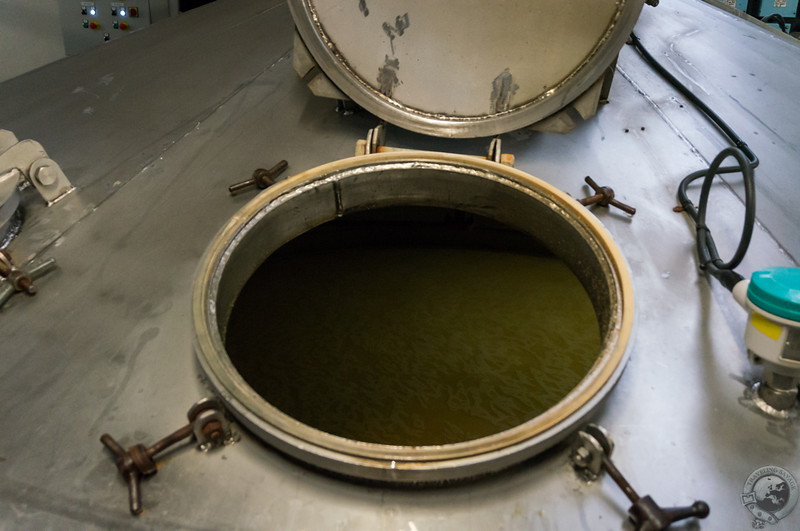
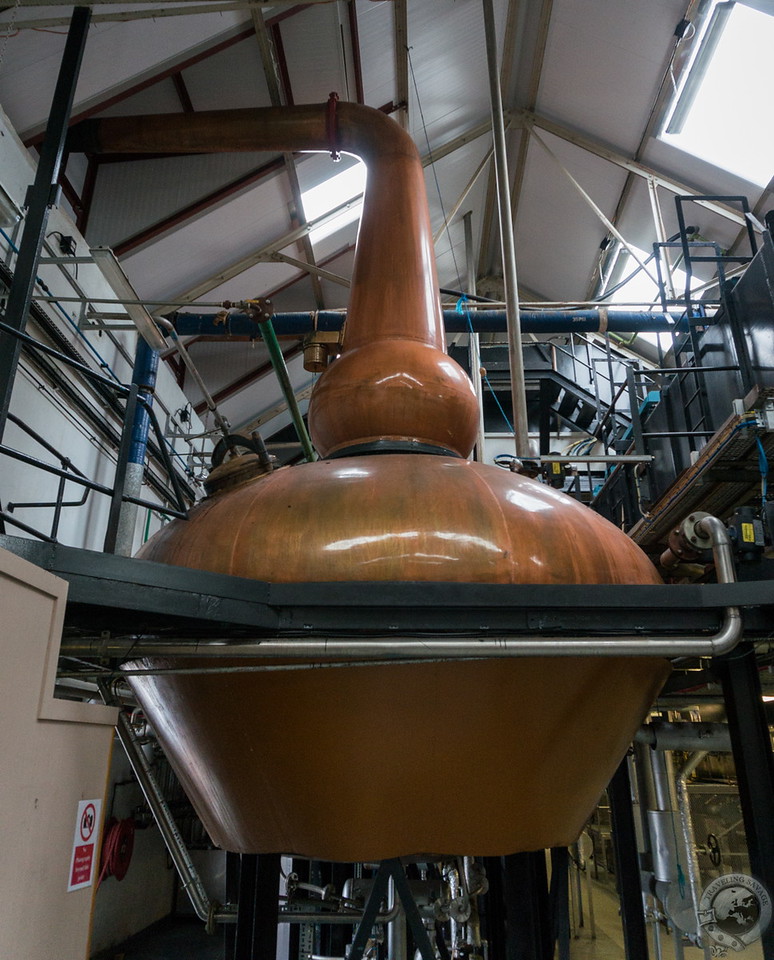
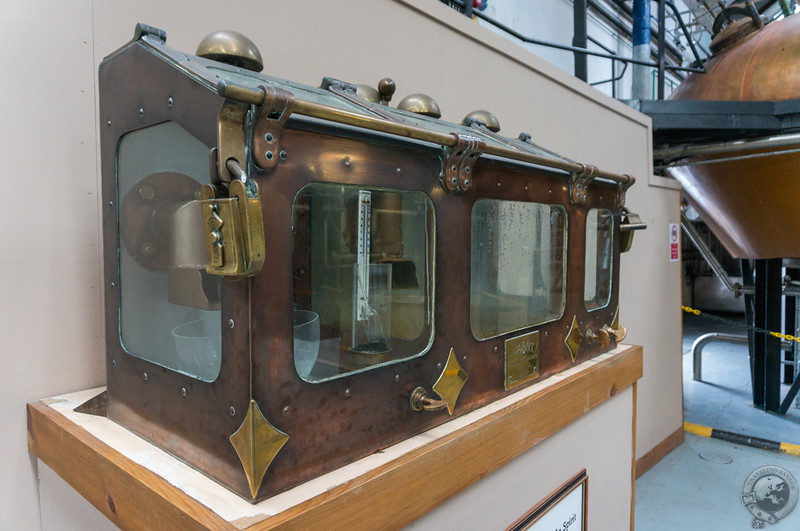
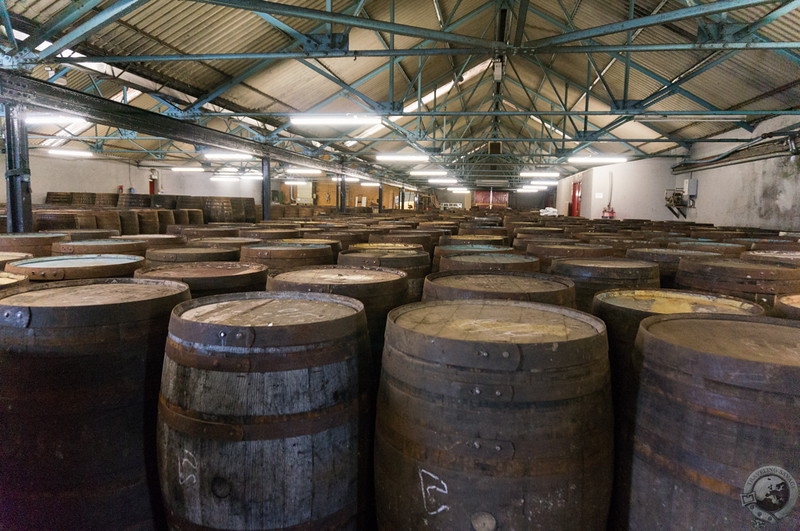
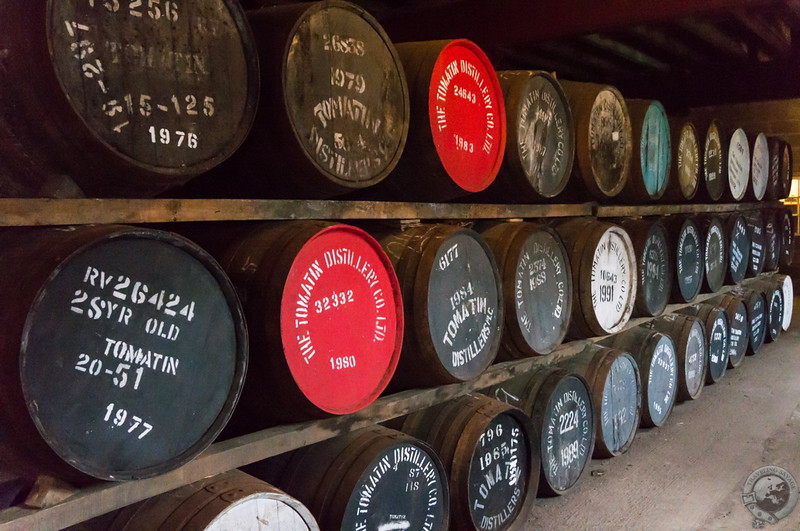
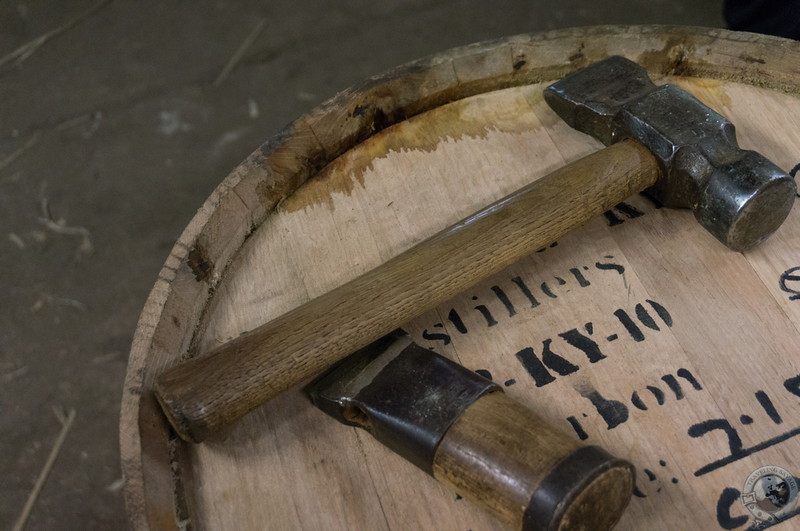
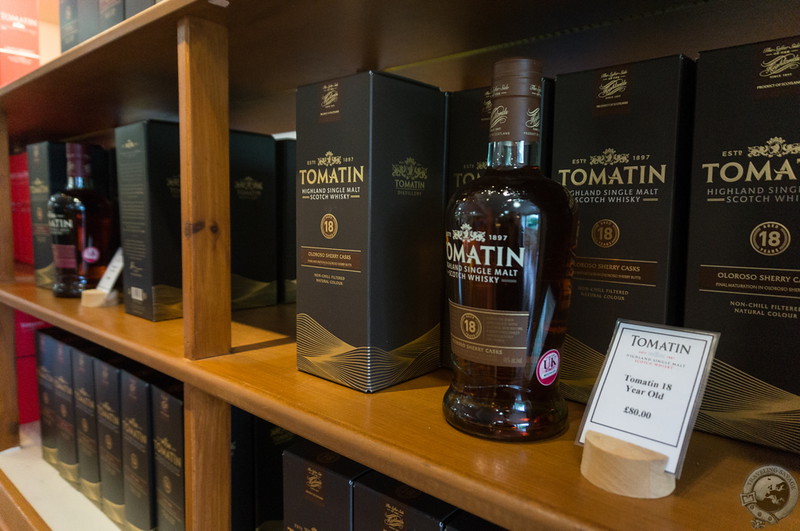
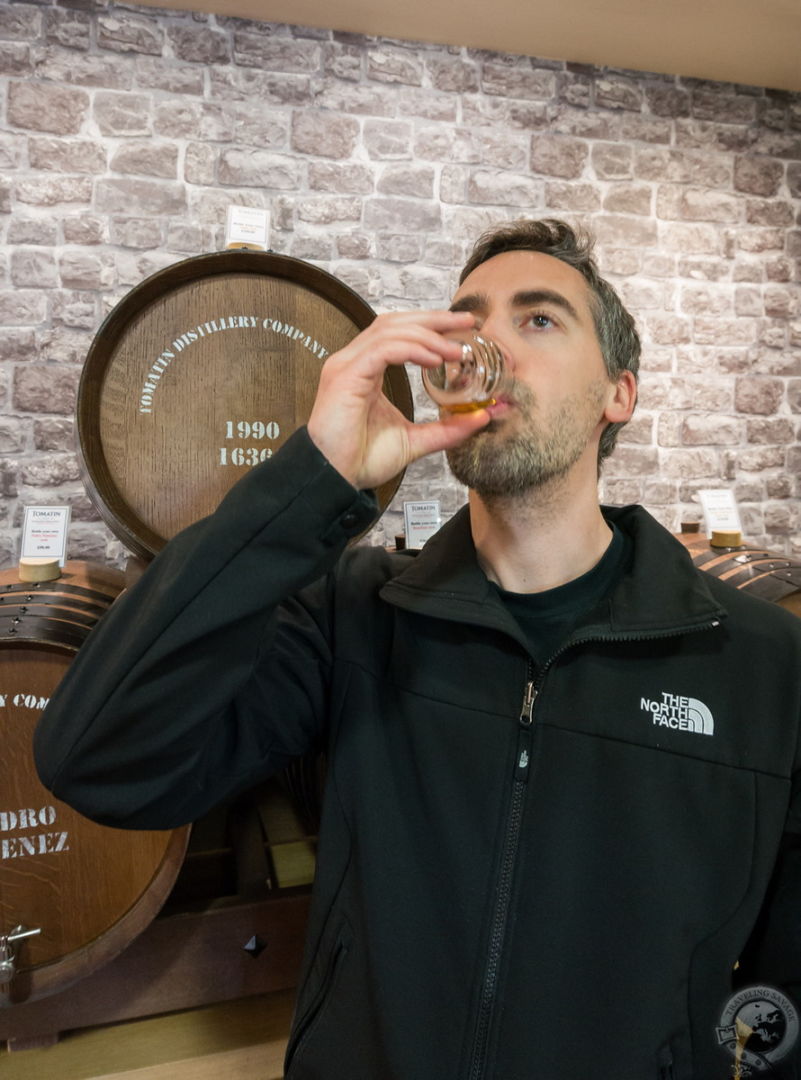
Thanks for all of your posting, Keith.
Scotland has been a pipe dream for my wife and I for years, and this year, we may be able to make it this year for the first time in our lives. I’ve been combing through your archives over the past weeks, picking up tips and ideas. Fantastic work, and I love reading through all of your posts.
Happy to hear you’re enjoying the site, Daniel. You’ll have a wonderful trip!